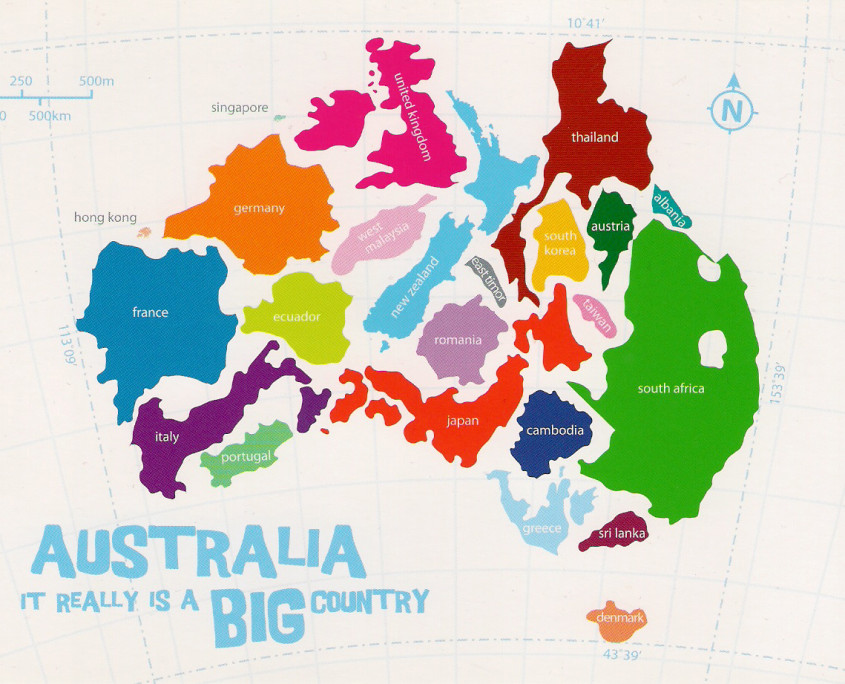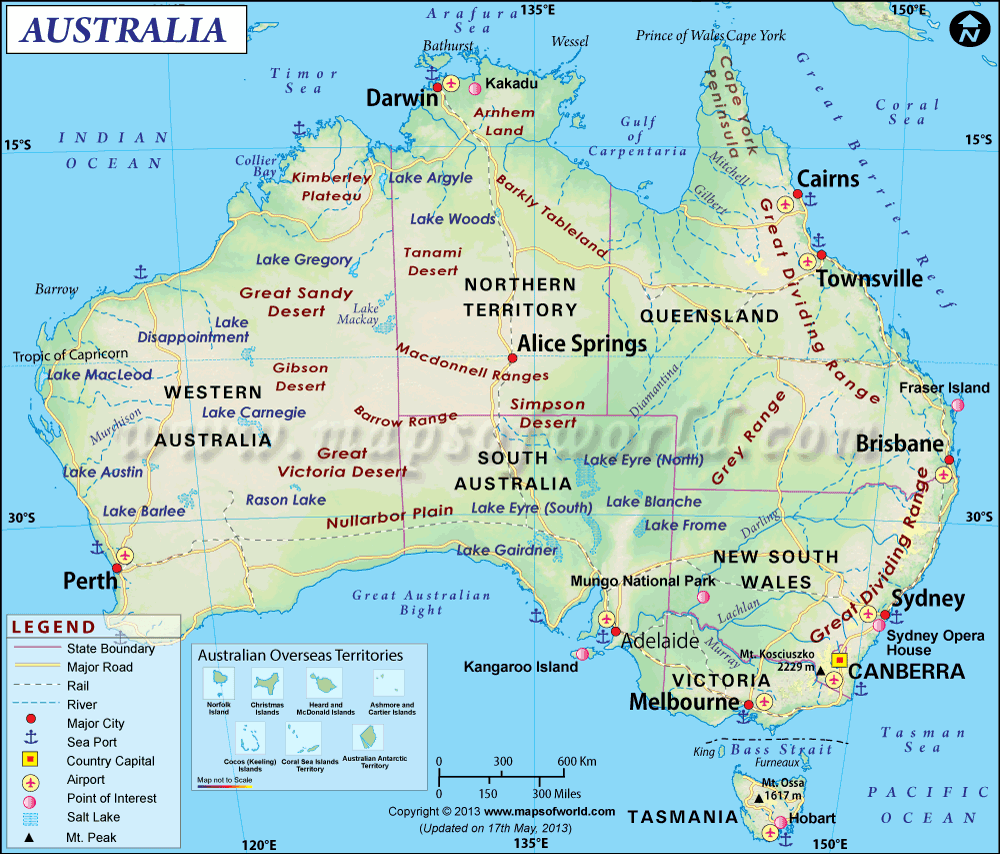Daily Photo: Nabano No Sato Blue Streaks
/0 Comments/in Adventure, Asia, Daily Photo, Japan /by Joshua HawleyElephant Poo Paper – Something To Write Home About
/0 Comments/in Article, Asia, Culture, Thailand /by Joshua HawleyWhat to do with all that poo
When we arrived in Chiang Mai, we knew it was popular for the many elephant camps that surround it. What we didn’t know was what was happening with the dung the elephants produced. In the Mae Rim area of Chiang Mai, there is a place you can visit that recycles elephant dung into paper. PooPooPaper Park uses not only elephant dung, but also horse and even panda dung to make paper used for a variety of purposes. Once we found out about this unique place, we knew we had to visit it. Hiring a songtaew, we set out for the park on a slightly rainy day. Arriving at the park, we were greeted by a friendly staff member who arranged for a free guide to show us how poo is made into paper. The tour can also be done self-guided, there are descriptive signs at every station. There are other facilities that also take dung and turn it into paper, but this is the only one that you visit and participate in the process.

Elephant made a card for you

What to with the poo, make paper products
Boiling poo
PooPooPaper Park is an interactive open air facility. Not only can you learn how the paper is made, you get to help make it. The poo that the park uses has to meet two common requirements. Coming from a herbivore that has a highly fibrous plant diet and have a somewhat inefficient digestive system. Having an inefficient digestive system leaves a lot of fibers intact when the animal poops since the digestive systems do not digest and break down all the fiber.

Elephant poo waiting to cleaned

Elephant poo
We were able to start participating in the process at the cleaning and boiling station. All non-fiber material such as dirt, mud, pebbles, etc is removed as much as possible until there is just fiber material left. Using a bleach-free process, the fiber is boiled to a pulp for 4-6 hours at 90-100 degrees celsius which makes it more supple. Since there is no bleach used in the process, the park does not make a paper that is truly white. A trade-off the park is happy to make since it poses no risk to the natural environment. Each step of the process is environmentally sensitive, making the paper products truly green.

Boiling the elephant poo
Coloring poo
After cleaning and boiling the poo, it was off to the coloring and mixing station. The fiber is mixed with a color dye then shaped into a ball before it is made into paper.

Poo fiber

Coloring the fiber

The many colors of the elephant poo balls
Playing with poo
The best part of the tour was being able to make paper. A colored poo ball was given to each of us and we mixed and agitated it until the fibers spread out over the screen. Getting to help make the paper was a very fun experience. Instead of just watching the process, we actually got to make paper ourselves. May went first. Our tour guide instructed her on the step by step process of spreading the fiber out across the screen evenly. With the help of the guide, May made a perfect piece of paper that was set out to dry. After watching May and then the one of staff make a piece of paper, it was my turn. I didn’t do as well as May, though. My paper was given a 7 out of 10. It may seem easy, but there is a certain skill to making the perfect paper.

Making poo paper

May’s poo paper

A master poo paper maker at work

Agitating the fiber

Paper in progress

All that colorful paper
Drying the poo paper
Once we were done making the paper it was time to set it out to dry. After the paper is removed from the water and drained, it is set out to dry for a couple of days. At this point, we were done with the guided tour and only thing left was to go to the crafts section. At the crafts center, you can purchase cards, wallets, or bookmarks that were premade or make your own. We decided that making our own cards would make this experience, even more unique. Making cards was fun, doing arts and crafts is a good way to relax and let our creative sides take over. Visiting was one of the more unique and fun experiences we had in Chiang Mai. Showing that environmental responsibility can take many forms.

Peeling the paper

Paper set out to dry

Stacks of paper

Supplies for our cards

May’s poo card

Josh’s poo card

Having loads of fun
Daily Photo: Akha tribal woman
/0 Comments/in Asia, Culture, Daily Photo, Thailand /by Joshua HawleyDaily Photo: Making Ikat in Luba
/0 Comments/in Asia, Culture, Daily Photo, Indonesia, Life /by Joshua HawleyDaily Photo: A-Bomb Dome
/0 Comments/in Asia, Categories, Culture, Japan, Joshua Hawley, Life, UNESCO /by Joshua HawleyAustralia: The Smallest Continent is So Large
/0 Comments/in Article, Australia, Oceania, Uncategorized /by May SuenAustralia is the smallest continent in the world, but it is extremely vast, and many other countries can fit inside. You can drive for hours upon hours in vast nothingness before you arrive in a city or town.
When we spent three and a half weeks traipsing through Australia. Of the seven different states/territories (Western Australia, Northern Territory, South Australia, Queensland, New South Wales, Victoria, and Tasmania) we were only able to visit four (New South Wales, Queensland, and Western Australia). More specifically, we visited Sydney, Cairns, Melbourne, back to Sydney for Vivid Sydney, and then finally Perth. We plan on returning for round two with a camper van to explore the natural beauty we were unable to see during this trip. Flying around via Tigerair Australia, Australia’s budget airline, which we found out later, was reputed to be the worst airline to fly with since they received the most logged complaints, 1000 in 12 month span. Tigerair got us from point A to point B and one time charged us $80 AUD for extra baggage fee for being over the weight limit and of the four flights we had, two flights were delayed. But we have to admit if it wasn’t for the two-day sale we came across, we wouldn’t have been able to fly all over Australia
Sydney
Our first stay here was in Neutral Bay, North Sydney, at the Neutral Bay Motor Lodge where we caught a ferry across the harbor fromCircular Quay. The 15-minute scenic ferry ride gave us splendid views of the Sydney Harbor Bridge and the Sydney Opera House. Sydney is a walkable city and most of Australia is known for their cafe culture and shopping (which we weren’t too interested in). On our second day in Sydney, we met Steven, from South Africa, while we were having lunch in one of the many Chinatown food courts. We ended up spending the rest of the day walking around with each other through the CBD, Sydney Opera House, and the Royal Botanic Gardens where we came across wild yellow-crested cockatoos squawking extremely loudly while feasting on grass. The next day we flew to Cairns, pronounced Cannes.
View more photos of our Sydney trip here.

Sydney Opera House made up of ceramic tiles.

Sydney Opera House from the ferry boat.

Yellow Crested Cockatoo at the Sydney Royal Botanical Garden.

Yellow Crested Cockatoo enjoying dinner of grass.
Cairns
While Sydney was cold, the weather was similar to San Francisco, Cairns was hot and humid. We stayed at the Travellers Oasis, enjoyed a BBQ party with emu, kangaroo, crocodile, Australia sausage and other treats, also visited Kuranda to see later decided to rent a campervan with Spaceships to head north to Daintree Rainforest and later explore the tablelands down south. Our first day we saw Mossman’s Gorge and arrived at night and saw a bat fluttering around the camp kitchen. In the morning, we woke up to the sounds of the jungle, including bats, cockatoos, insects. We decided to take the trail at where we were staying and in the lush green rainforest filled with palm trees, vines, and many other plants the aboriginals may have used as natural herbs for healing, we also saw a wild rat?. We drove through Daintree and stopped at the boardwalks to walk through the different habitats. One boardwalk, we were so lucky to see a wild cassowary which we didn’t get a clear picture of because he moved too fast!

Great Barrier Reef.

Snorkelling.
Melbourne
After having a lot of fun exploring the Queensland, we flew down to Melbourne to experience Australia’s most diverse city. Melbourne is known for its culture, whether that is laneways lined with cafes or it’s streets filled with art. Not knowing what to expect of Melbourne, we spent our days wondering around the streets of the city taking in all the street art. With so many alleys and laneways to explore, we didn’t have time to visit the museums we had planned on going to. Getting around the city is easy, there is a free tram that makes a loop around the city centre where the main sights and street art are located. Like we do in every city we visit, we made our first stop at the visitors center. The staff was very friendly and helped us plan our route for touring the laneways and street art alleys. Besides art, the city has many good places to eat due to large Greek and Chinese populations, there is a variety of dishes to choose from. We ate pirozhkis while touring street art and kebabs while visiting the Queen Victoria market. Every meal we had was from a different ethnic dish.


For a side trip, we decided to go down to see the Brighton Beach Boxes. Since it was winter they weren’t in use. It was very nice to wander down the beach and look at the colorful boxes. The boxes are all painted different colors and have different themes. If you like outdoor art, Melbourne is the place to go.
Sydney – Vivid Sydney
We returned to Sydney for the start of the Vivid Sydney Festival. Experiencing the Vivid Sydney festival was an exciting experience. Not only did we get to see all of the 3D projection mapping on the buildings around the harbour, we also climbed the harbour bridge at night to get a different view of the festival. As we climbed the bridge, we wore vests that lit up so we could also be a part of the festivities. If you are planning to come to Sydney in April, you should try and see this festival.



Perth
While most visitors to Australia tend to stay on the more populated East Coast, we decided to venture out West and spend some time in the isolated West Australia capital of Perth. While spending a few days there, we were able to see the world’s largest gold coin, weighing in at 1 tonne, at the Perth Mint and tour the tunnels underneath Fremantle Prison. We didn’t spend a lot of time in Perth, but enough time to make us excited about exploring the West coast of Australia on a future trip. Though Perth is remote, it has lots to offer and makes a great starting point for exploring Australias vast West coast.

Fremantle Prison.

Perth Mint.


